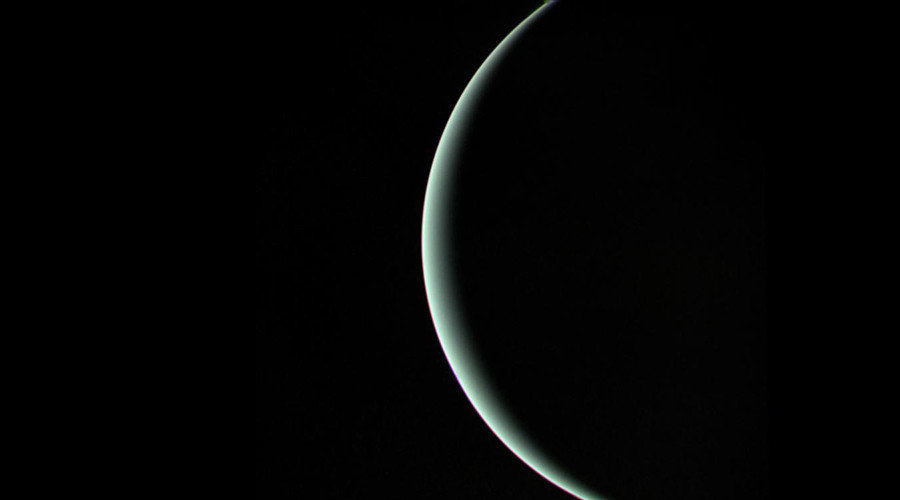OF THE
TIMES
A nation that continues year after year to spend more money on military defense than on programs of social uplift is approaching spiritual doom.
Not one Canadian media outlet is reporting this. This is the same type of media blackout applied to the carbon tax protests happening across the...
There are those who keep quiet and get rich from the malfeasance and corruption and then there are those who speak out because they know where all...
[Link] Reminds me of...
It is little France...after all.
This money is to secure near future NWO warmongering and to pay for the genocide in Palestine. 10% will probably go to the big guy. The 9 billion...
To submit an article for publication, see our Submission Guidelines
Reader comments do not necessarily reflect the views of the volunteers, editors, and directors of SOTT.net or the Quantum Future Group.
Some icons on this site were created by: Afterglow, Aha-Soft, AntialiasFactory, artdesigner.lv, Artura, DailyOverview, Everaldo, GraphicsFuel, IconFactory, Iconka, IconShock, Icons-Land, i-love-icons, KDE-look.org, Klukeart, mugenb16, Map Icons Collection, PetshopBoxStudio, VisualPharm, wbeiruti, WebIconset
Powered by PikaJS 🐁 and In·Site
Original content © 2002-2024 by Sott.net/Signs of the Times. See: FAIR USE NOTICE

I read the title to this article and had to turn around and check!!!